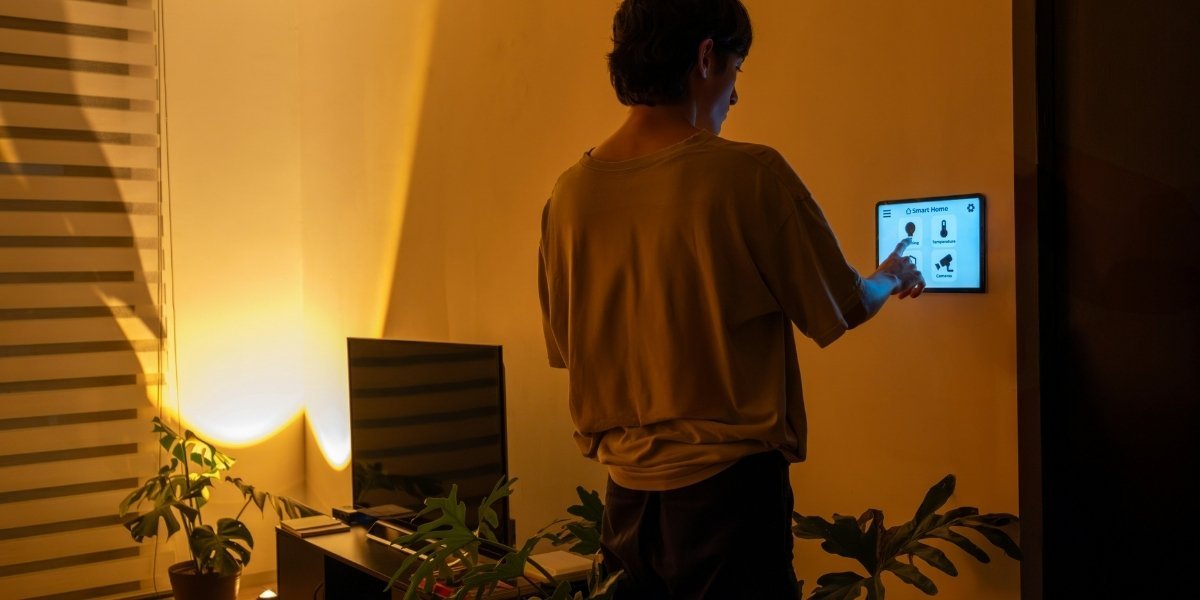Smart home devices are quietly changing how homes are bought and sold. They’re not just about tech appeal anymore, they’re influencing real decisions, shaping buyer expectations, and nudging property values upward. While some homeowners still wonder whether these upgrades are worth the cost, others are seeing clear returns, especially in competitive markets.
It’s easy to feel unsure about which devices actually make a difference. Not every gadget adds value, and some setups can feel more complicated than helpful. But homes that use smart features to solve everyday problems, like energy waste, security concerns, or maintenance hassles, tend to stand out.
Smart Home Devices Add Tangible Convenience
Buyers aren’t just looking for square footage or curb appeal. They’re paying attention to how a home works. Smart home devices offer built-in convenience that’s hard to ignore. A home with a smart thermostat, for instance, can learn the household’s schedule and adjust temperatures automatically. That means no more fiddling with settings or coming home to a stuffy living room.
In one mid-sized suburban listing, a home with a smart irrigation system saw a noticeable bump in buyer interest. The system adjusted watering schedules based on weather forecasts, helping conserve water and reduce monthly bills. That kind of automation isn’t flashy, but it’s practical, and buyers noticed.
Smart lighting systems are another example. In a two-bedroom condo, motion-activated lights in hallways and closets helped reduce energy use and added a layer of convenience. The seller didn’t have to pitch the feature, buyers saw it in action during the walkthrough and asked if it was staying.
Some homes even integrate smart home design that supports daily routines, like creating a space that cleans itself using automated vacuums, self-cleaning surfaces, and voice-activated appliances. These features aren’t just about novelty, they signal thoughtful planning and ease of use.
Security Features Are Driving Buyer Interest
Safety has always mattered, but smart security systems are changing how buyers evaluate homes. A property with a video doorbell, motion sensors, and remote-access locks sends a clear message: this home is protected.
In one urban townhouse, the seller had installed a smart lock system that allowed temporary access codes for cleaners and deliveries. During showings, buyers were impressed by how easy it was to manage access without handing out physical keys. That feature became a talking point and helped the home sell faster than similar listings nearby.
Another example: a detached home in a quiet neighborhood had a full smart security setup, including window sensors and outdoor cameras. The system was integrated with the homeowner’s phone, allowing real-time alerts. Buyers with young children saw it as a major plus, not just for safety, but for peace of mind.
Energy Efficiency Is a Quiet Value Booster
Smart home devices often work behind the scenes to reduce waste and improve efficiency. That’s especially true for systems that manage heating, cooling, and lighting. These features don’t just make a home feel modern, they help it run smarter.

Photo Credit: Unsplash.com
In one listing, a smart thermostat paired with zoned heating helped reduce monthly energy costs by nearly 20%. The seller had tracked usage over a year and shared the data with potential buyers. That transparency made the home more appealing, especially to buyers who were budget-conscious.
Another example: a smart plug system in a renovated bungalow automatically cut power to unused appliances overnight. The setup wasn’t expensive, but it showed buyers that the home was designed with efficiency in mind. That kind of detail can make a listing feel more thoughtful, and more valuable.
Smart blinds are also gaining traction. In a high-rise apartment, automated blinds adjusted based on sunlight, helping regulate indoor temperatures without overworking the air conditioning. The feature wasn’t just about comfort, it helped lower energy bills and added a sleek, modern touch to the space.
Smart Features Make Homes Feel More Custom
One of the most overlooked benefits of smart home devices is how they personalize a space. A home that responds to voice commands, adjusts lighting based on mood, or plays music in sync across rooms feels tailored to the person living in it.
In a three-bedroom home, the seller had installed a smart speaker system that connected to lights and thermostats. During showings, buyers could see how the system created different “scenes”, like dimmed lights and soft music for winding down at night. It wasn’t just tech for tech’s sake. It made the home feel lived-in and intuitive.
Another example: a smart mirror in the bathroom displayed weather updates and calendar reminders while the homeowner got ready in the morning. It wasn’t essential, but it added a layer of personalization that made the space feel unique. Buyers remembered it, and mentioned it during follow-up conversations.
Smart Design Choices Are Enhancing Property Appeal
Smart home devices don’t exist in isolation. They’re part of a broader shift toward thoughtful, functional design. Homes that integrate smart features often reflect a certain level of care in how they’re built and maintained.
Homes that balance smart features with timeless design elements tend to attract buyers who want both innovation and durability. That’s why creating spaces that endure is becoming a priority for sellers who want long-term appeal.
Smart devices aren’t just boosting property values through tech appeal. They’re doing it by making homes more livable, efficient, and secure. And while not every buyer will prioritize automation, many will see it as a sign of a well-maintained, forward-thinking property.











